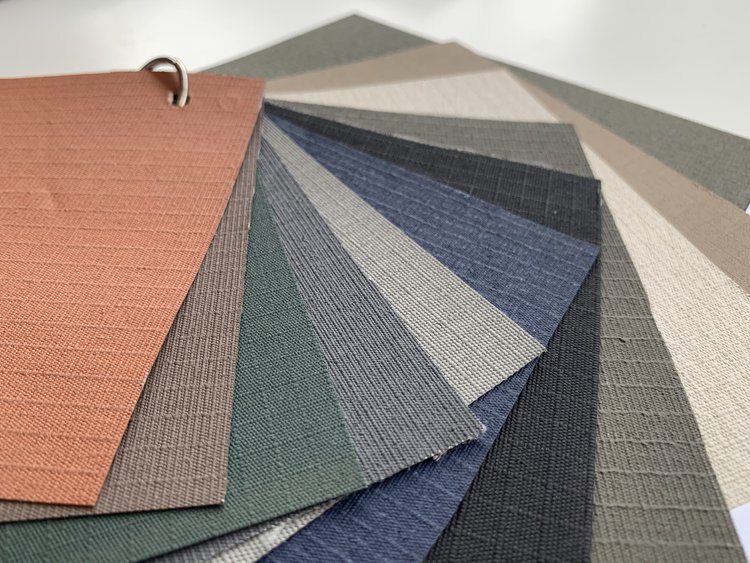Exploring the structure of ripstop helps us better understand this fabric.
Like many common fabrics, ripstop has two distinct planes or dimensions: horizontal and vertical.
© 2023 Sbf Interiors. All Rights Reserved.
Development by Starling Technologies
